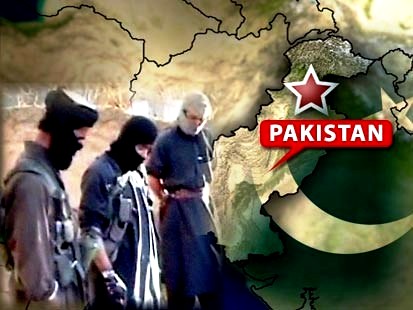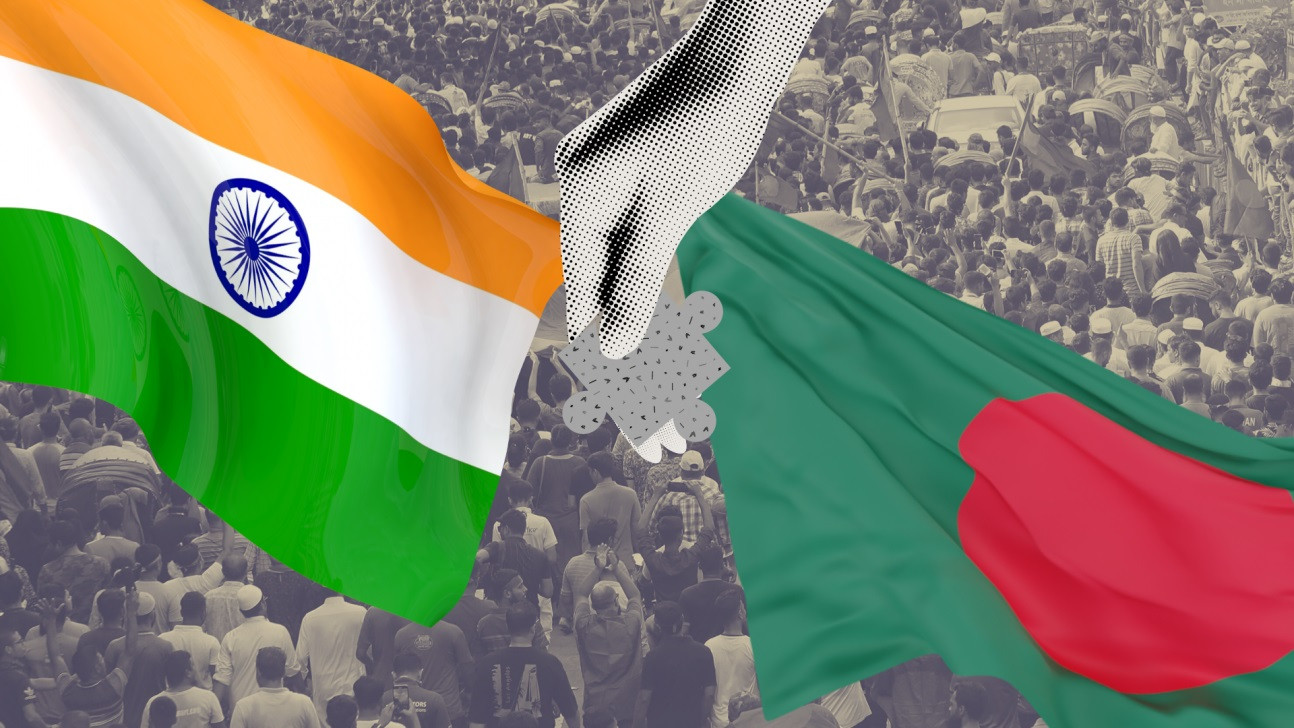Ashish Shukla for BeyondHeadlines
It would not be an exaggeration if the land of the pure—the literal meaning of Pakistan—is termed as the land of ironies. It came into existence in August 1947 to provide homeland, as the leaders of the Pakistan movement assumed and propagated, to the Muslims of the Indian subcontinent where they (Muslims) were to pursue their “civilisational destiny” without being dominated by the Hindu majority of India. During his Presidential Speech at the Lahore session of the Muslim League in March 1940, Jinnah had categorically stated that “The Hindus and Muslims belong to two different religious philosophies, social customs, and literature. They neither intermarry nor interdine together, and indeed they belong to two different civilisations which are based mainly on conflicting ideas and conceptions.” He further argued that “To yoke together two such nations under a single state, one as a numerical minority and the other as a majority, must lead to growing discontent, and final destruction of any fabric that may be so built up for the government of such state.” After underlining the “differences and incompatibility” between Hindus and Muslims he went on to declare Muslims as a nation and put forward, for the first time, the demand of a separate state. In less than a decade, due to a number of reasons, it became clear that the idea of a separate homeland for Muslims would,in fact, see the light of the day on 14 August 1947. However, on 11 August 1947, three days before the creation of Pakistan as a sovereign state, the same Jinnah tried somewhat successfully to assure minorities—Hindus, Sikhs, Christians, Buddhists etc.—of their rights and freedoms in the new state of Pakistan. In his famous Presidential address to the Constituent Assembly of Pakistan, he stated that “You are free; you are free to go to your temples. You are free to go to your mosques or to any other places of worship in this State of Pakistan. You may belong to any region or caste or creed—that has nothing to do with the business of the State.”
It is noteworthy that there were not many takers of Jinnah’s this newfound idea because the movement for the separate homeland was organised on the basis of “Two Nation Theory” with Islam at the centre stage. That was the reason, when Jinnah floated the idea of accommodating religious minorities with equal rights and liberties, there were attempts to expunge the very speech from the next day newspapers. An English daily Dawnpublished the full speech but it had to threaten the people, who approached the newspaper, with the possibility of telling Jinnah of their motives. More than six decades have elapsed since the creation of Pakistan yet, neither Muslims could get their actual homeland, as promised to them in pre-partition stage, nor could minorities ever realise their rights and freedoms as equal citizens of Pakistan. Pakistan of today is referred internationally as the epicenter of global terrorism and most dangerous spot on the world map. The situation, at present is so disturbing and complicated that even the main population centres of the country and top cities are not immune to deadly terrorist attacks. Despite having the seventh largest army of the world and the notorious world class intelligence agencies, Pakistan has so far not been able to rein even the anti-state terrorists. On the contrary, these terrorist outfits have acquired the ability to strike anywhere in Pakistan at their will.
The nation was still in the process to recover from the shock and trauma of Army Public School killings of 16 December 2014, in which 134 innocent children had lost their lives, and yet witnessed a gruesome attack on the Christian minorities in Lahore. In the recent incident, the terrorists on 15 March 2015 targeted two churches—St John’s Catholic Church, and Christ Church—in Youhanabad area of the provincial capital Lahore. As per the reports 15 people died while over 80 sustained injuries. It was indeed an attempt to replicate the 2013 Peshawar Church attack, in which over 80 people had been killed, but due to the scuffle with the security personal at the entrance gate suicide bomber could not go inside the compound and detonated himself. JamatulAhrar, an offshoot of the Pakistani Taliban, claimed the responsibility of the attack.
Minorities in Pakistan regularly come under attack. Surprisingly, it is not the terrorist outfits all the time targeting the community but the jingoistic elements of the society too have been found involved in a number of incidents in the past. Individuals belonging to minority community are often accused of blasphemy, rightly or wrongly, then killed at some point by the jingoistic mob, places of worship and minority neighbourhoods too are attacked and looted. Even the sane voices, irrespective of their religious affiliation, supporting their rights come under attack and sometimes get killed too. Former Punjab Governor Salman Taseer and former Minority Affairs Minister Shahbaz Bhatti were murdered for their opposition to the misuse of blasphemy law. A young Pakistani poet succinctly captures the plight of religious minorities in a couplet that says “Jane kab kaun kise maar de kafir kah kar, Shahar ka shahar Muslmaan bana firta hai.”
It has become a trend in Pakistan that sane voices from the “toothless civil society”appear after an unwanted incident to protest and remind the state of its failure to protect its own citizens. However, most of the time their protests and voices go unheard. In post-Peshawar carnage there seemed some hope when politico-security establishment of Pakistan launched National Action Programme (NAP) and established military courts to deal with the growing internal security threats. However, all hopes were shattered soon with the cracks appearing on the question of touching militant outfits based or operating from Punjab. Like in the past, the establishment is reluctant to go after Punjab based outfits for two reasons. Firstly, various Punjab based outfits maintain a close linkage with the ruling civilian dispensation and security establishment still sees some of them as “strategic asset” to be used for regional objectives. Secondly, given the inability of law enforcement agencies it would be quite difficult to absorb further retaliation from these outfits. This reluctant is quite evident from the number of cases sent to Interior Ministry for further referring to military courts so that the speedy trial could take place. Whereas Khyber Pakhtunkhwatops the list with 423 cases, followed by Balochistan (54) and Sindh (27), Punjab remains the lowest with only seven cases. There is a deliberate attempt by the politico-security establishment to deny that Punjab, like other provinces, too has been fairly penetrated by various terrorist outfits. If we talk about the terrorist outfits, they got themselves united in the wake of military continuing military operations in tribal areas and launching of NAP. It is not a coincidence that the attack in Lahore took place soon after the merger of Omar Khalid Khurasani led Jamatul Ahrar and Mangal Bagh led Lashkar-e-Islam into the umbrella organisation of Pakistani Taliban called the Tehreek-e-Taliban Pakistan (TTP).
What does this denote? It signifies very clearly that Pakistan, as a nation, stands divided even in the face of a growing existential internal security threats, while terrorist outfits seem to be united in their resolve to push for further radicalisation and Talibanisation.
(Author is Ph.D. Candidate, South Asian Studies, School of International Studies in JNU, New Delhi.)









